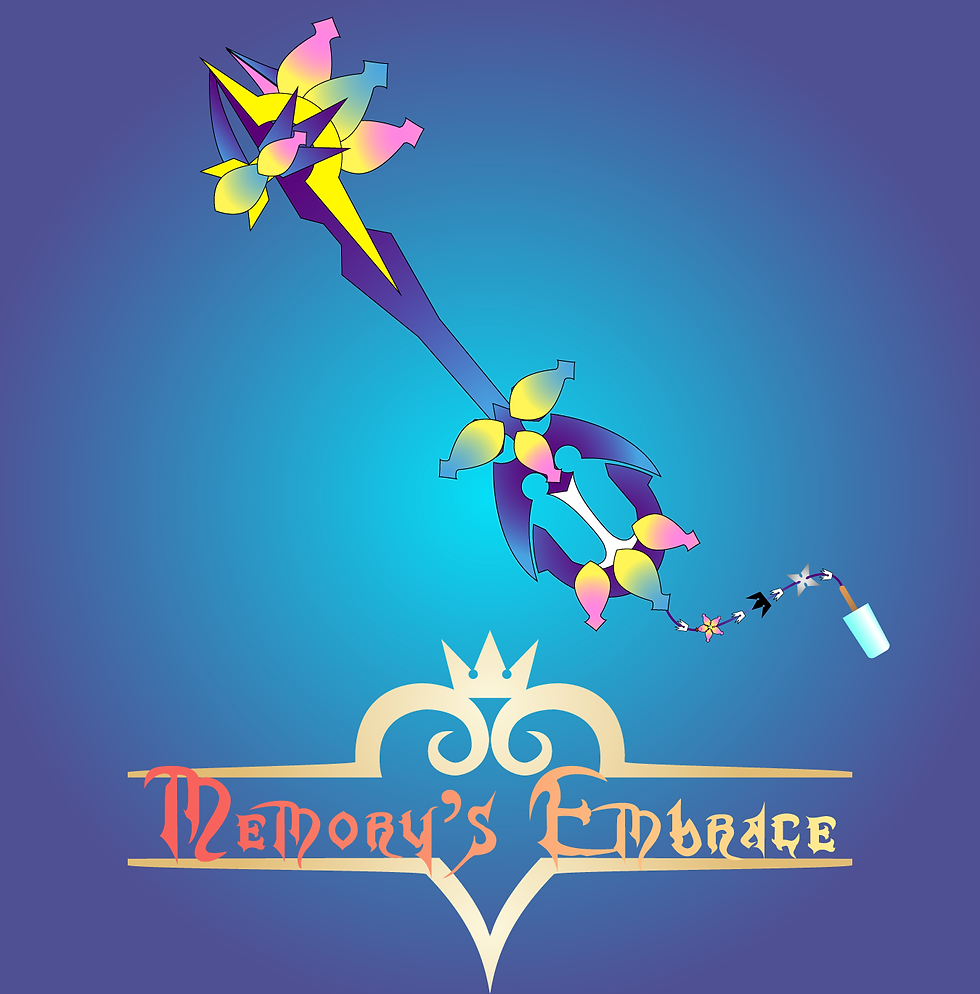Mechanical Study: Sentinels of the Multiverse
- Sean Holley
- Feb 26
- 4 min read
Sentinels of the Multiverse, developed by Greater Than Games and first released in 2011, is a cooperative card game where the players, in the role of heroes, face off against villains in a Justice League style team. Each player picks a preconstructed Hero Deck and together they face off against the chosen Villain Deck while contending with the effects of the chosen Environment Deck. These three groups of entities, Hero, Villain, & Environment, make up the core "factions" of the game. Each card either interacts with Heroes, Villains, or the Environment. For those coming in with TCG experience we can think of these as "Super Types".
The types of cards in this game are:
Character Card: Both Heros and Villains have these, they represent the specific characters and list any unique rules of that card, as well as the character's Health. Often the Villain rules are so complex that they have a second, separate card with their specific turn actions. Hero cards have a back face that allows a defeated player to still interact with the game and help out their team.
One-Shot: This card type is an instantaneous, one-time effect.
Ongoing: This card stays on the field and usually either has a passive effect or grants an additional power.
Equipment/Device/Relic: Equipment and Devices are used by the Hero and Villain respectively but act essentially the same. They represent pieces of technology or other items that may help their side. Relics are specific to certain Environment decks and act as additional items for the Hero team to earn.
Minions: Each villain deck has a certain unique card type it tends to care about, but these can be generalized as Minions. These act as additional targets for damage and often have other effects that are detrimental to the Hero team or help buff their leader. Certain environment decks also contain unaligned targets that may be a nuisance and will need to be defeated.
Limited: This card type serves to help balance out particularly powerful cards. The Limited Super Type means you can only have one card with that name in play at a time.
Sentinels employs many of the standard card game mechanics that even novices of the genre should be familiar with in concept, namely Drawing Cards, Health Points, and Damage. There are also several other mechanics, primarily the "Power" mechanic that each hero has. It serves as one of the main actions each player can take during their turn and usually either deal damage, modify damage, draw cards, heal, or restrict the villains in some way.
As mentioned above each Hero also has a back face for when they are defeated that allows them to still act on the hero turn by giving them a list of powers they can choose from. Usually these are slightly weaker or more generic than the powers on their front face, but the choice between multiples still allows the downed player to have some agency in their game actions.
The Definitive edition of the game has also introduced a "Reaction" ability, which is similar to a power, but only usable during the Villain or Environment Turns.

Now that we have the mechanics of the game down let's look at turn order. Unlike what you might expect the Villains are the ones to start the game, followed by the Heroes, and finally the Environment.
Each non-Player turn is comprised of the Start, Play, and End phases. Cards can have either start or end phase abilities that happen during that part of the turn, and the play phase consists of flipping over the top card of the deck and putting it into play. Much like the Hero decks, Villains and Environments can also have One-Shot effects, often these are much stronger than the ones in the Hero's arsenal.
The Hero's (Player's) turn is set up in much the same structure, with each player acting at the same time. However, the Hero turn also has the Power phase and Draw phase, because the Heroes play cards from their hands, and can choose which order to act in at will, often coordinating effect order to maximize their combined turn.
This turn structure is very easy to play through, and once you get into the game will start to flow easily. I think this is one of the Game's biggest strengths, that the turns are all so easily played through, and that the players have more to do on their turn than the non-Players. It really shows a strong care for the combined attention span of the play group and wanting to maximize engagement with the game.
In conclusion I think Sentinels of the Multiverse is a well-designed and simple game that only gets as complex as you want it to be, given that the players get to choose everything based on what decks are selected for play. There are definitely learning curves, as with any game, but I believe Sentinels is probably one of the easiest as its relatively simple game format can lead to hours and hours of play.





Comments